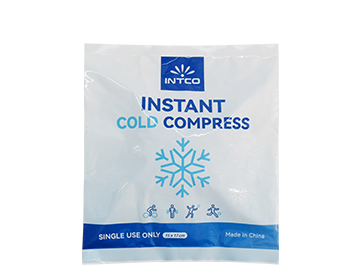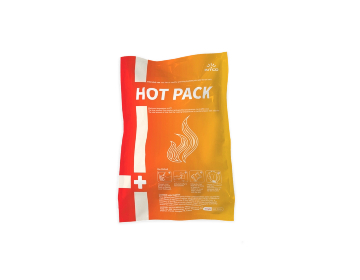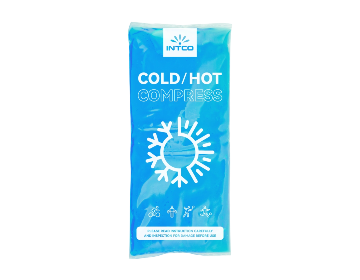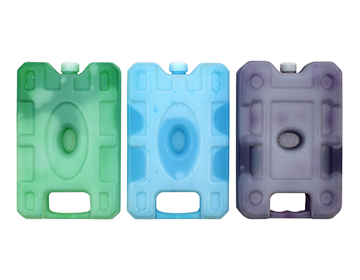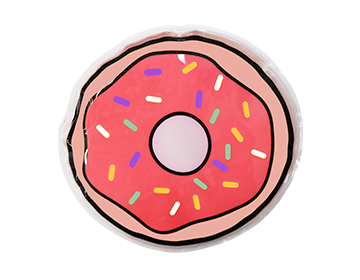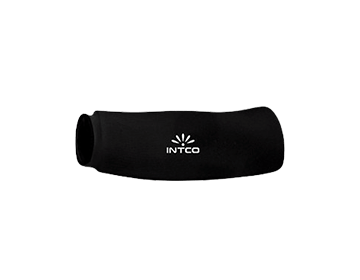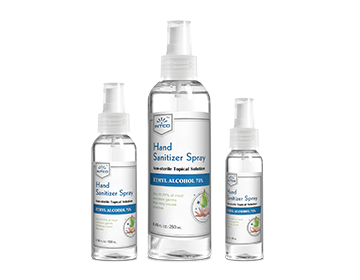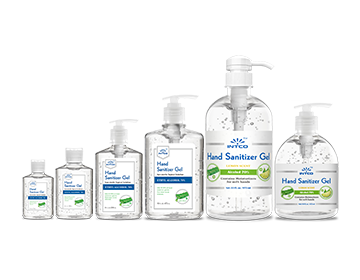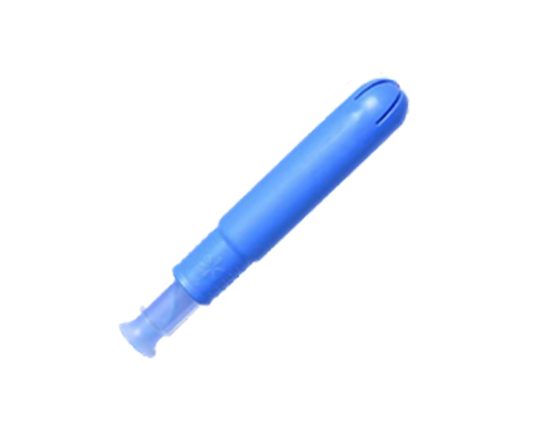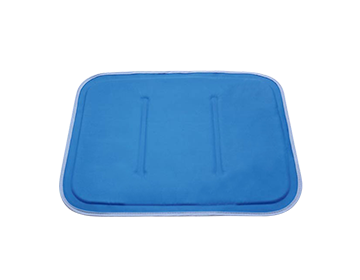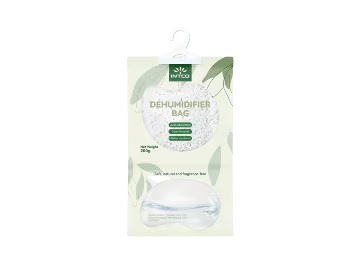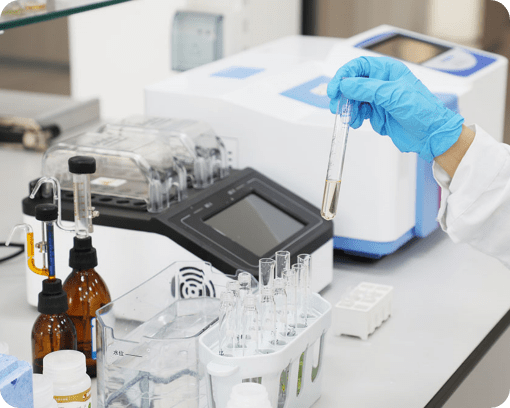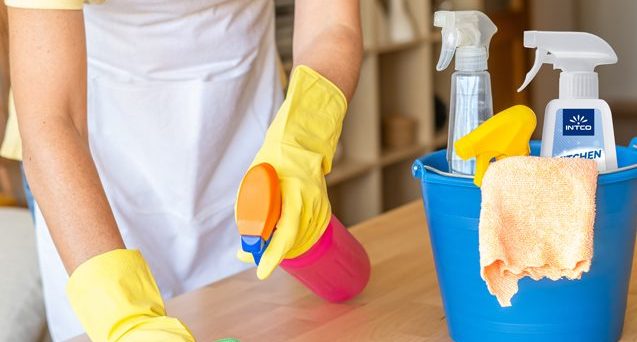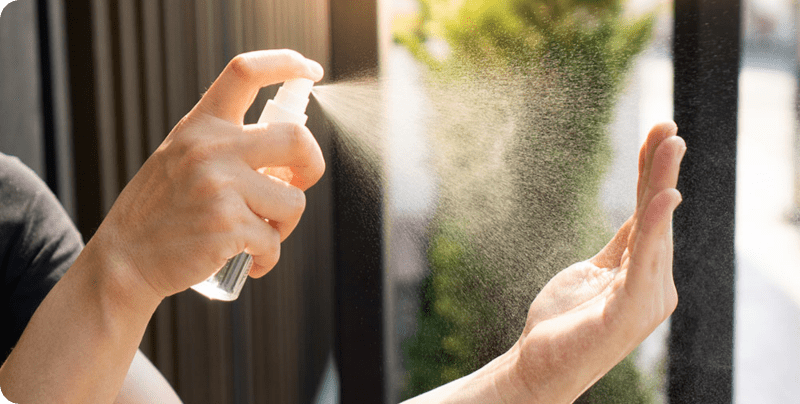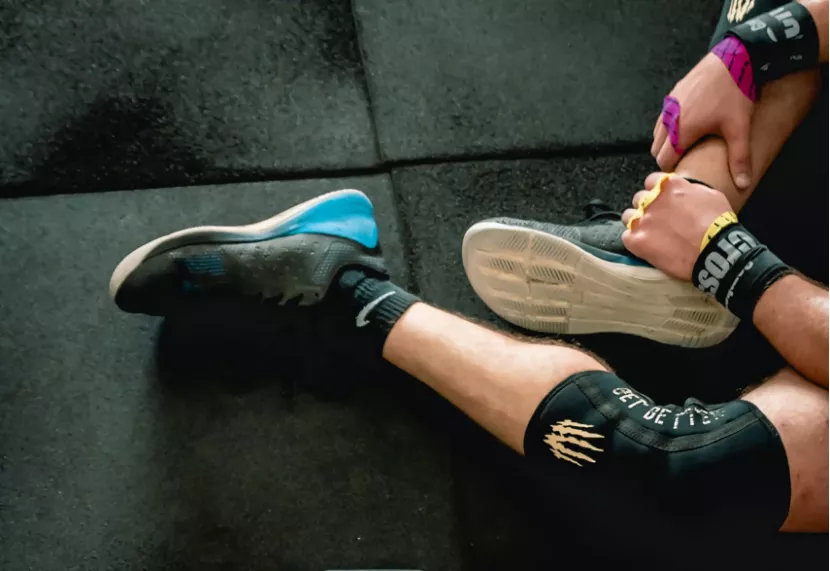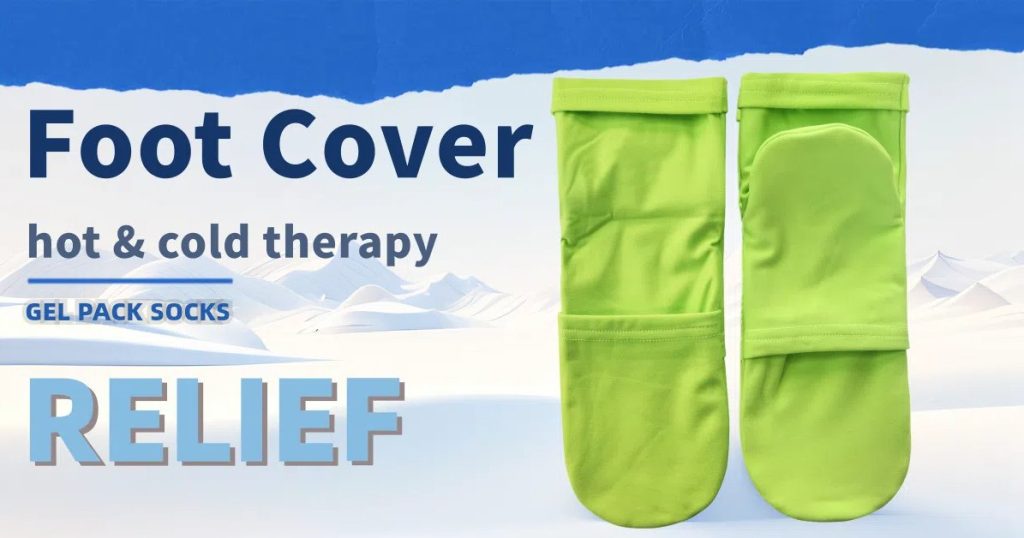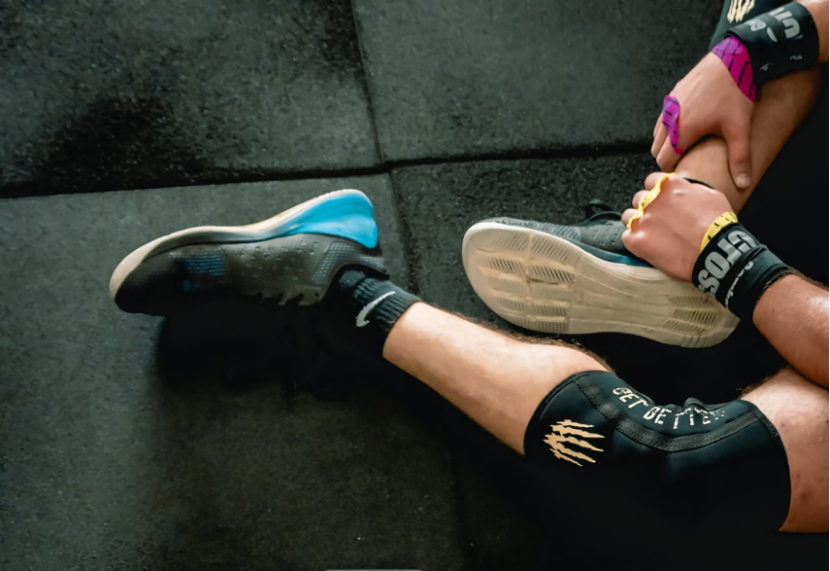What to Look for When Choosing Cooling Socks for Cold and Heat Therapy
In daily life, your feet go through a lot — walking, standing, exercising, or recovering from an injury. So it’s no surprise that cold and heat therapy socks have become a popular tool for easing pain, reducing swelling, and improving comfort. Whether you’re an athlete, someone who stands all day at work, or simply looking for home-care relief, choosing the right pair can make a big difference.
This guide will help you understand how these socks work, what to look for when buying them, how to use them safely, and how they can fit into your recovery or daily wellness routine.
Why Cold & Heat Therapy Socks Matter
How They Work
Cold therapy (cryotherapy) helps by slowing blood flow to an area, reducing swelling and pain. It’s great for fresh injuries, inflammation, or tired feet.
Heat therapy, on the other hand, increases blood flow and relaxes muscles, which helps ease stiffness or tension.
When used alternately or as a combination, these socks help manage both pain and recovery. The cooling phase reduces swelling, while the heating phase boosts circulation and comfort.
When to Use Them
People use cooling or hot/cold socks for different reasons:
-
Swelling and tired feet: After long hours of standing, walking, or travel.
-
Pain or stiffness: For issues like plantar fasciitis, arthritis, or sore arches.
-
Post-exercise recovery: To reduce soreness and help muscles recover faster.
-
Hot feet or poor circulation: Cooling socks made from breathable fabric can make you feel more comfortable in warm weather.
Why They’re Great for Home Care
In home-care and physical therapy, these socks simplify treatment. Instead of wrapping ice packs or heating pads, you can just wear the socks and continue your daily routine. This makes cold/hot therapy easier, safer, and more consistent — ideal for seniors or anyone managing chronic foot discomfort.
What to Consider When Choosing Therapy Socks
Material and Fit
Good socks start with good materials. Choose ones that:
-
Use soft, breathable fabric that fits snugly but not too tightly.
-
Include gel packs or built-in pockets to hold temperature evenly.
-
Offer compression for added support and circulation improvement.
Cold, Heat, or Dual Use
-
Cold-only socks: Best for swelling, inflammation, or after a long day.
-
Heat-only socks: Ideal for stiffness or poor blood flow.
-
Dual-use socks: The most versatile option — you can freeze or warm them depending on your need.
If you plan to use them daily or for recovery, dual-use designs give the most flexibility.
Duration and Temperature Retention
Check how long the socks can stay cold or hot. A well-made gel pack should last around 20–30 minutes — long enough for a therapy session without becoming uncomfortable.
Design and Coverage
Look for these helpful features:
| Feature | Why It Matters | What to Look For |
|---|---|---|
| Coverage area | Full contact with heel, arch, and ankle gives better relief | “Full-foot coverage” or “heel & arch design” |
| Adjustable fit | Keeps gel packs in place and suits different foot sizes | Adjustable straps or compression fabric |
| Reusable | More eco-friendly and cost-effective | Washable materials, durable gel packs |
| Dual use | Works for both cold and heat therapy | Freezer-safe and microwave-safe |
| Fit range | Ensures comfort and effectiveness | Men/Women sizes or universal stretch |
Safety and Comfort Tips
-
If you have conditions like diabetes or poor circulation, check with your doctor before use.
-
Avoid wearing them too tightly — this can restrict blood flow.
-
For cold therapy: Don’t use directly from the freezer for long periods. Stop if your skin feels numb.
-
For heat therapy: Make sure the socks are warm, not hot, to avoid burns.
-
Always read and follow the product’s safety instructions carefully.
How to Use Cooling or Heat Therapy Socks
Cold Therapy
-
Freeze the gel packs or the socks as instructed (usually 1–2 hours).
-
Wear them for 10–20 minutes to ease swelling or inflammation.
-
Use after exercise, long walks, or standing periods.
Heat Therapy
-
Warm the gel packs according to instructions (microwave or warm water).
-
Apply for 10–15 minutes to relax muscles or improve circulation.
-
Avoid overheating — always test the temperature first.
Incorporating into Daily Life
-
At home: Perfect for tired or swollen feet after work.
-
In therapy: Use as part of a recovery plan for injuries or chronic pain.
-
For athletes: Helps reduce soreness and speed up recovery after training.
Keep your socks clean by washing them regularly (remove gel packs first), and store them in a cool, dry place. Replace gel packs if they lose their ability to stay cold or warm.
Common Mistakes to Avoid
-
Picking the wrong size — too loose means less contact; too tight reduces comfort.
-
Using cold therapy for too long or on numb skin.
-
Applying heat therapy to fresh injuries (which can worsen swelling).
-
Ignoring product care instructions, which can reduce lifespan.
-
Forgetting to match therapy type with the problem — cold for swelling, heat for stiffness.
Frequently Asked Questions (FAQ)
Q1: Can one pair of socks do both hot and cold therapy?
Yes, many are designed for both. Just check if the socks are freezer-safe and microwave-safe before use.
Q2: How long can I wear cooling socks?
Most designs are intended for 10–20 minutes per session. Stop if you feel discomfort or numbness.
Q3: Are cooling socks safe for people with diabetes?
They can be, but consult a doctor first. People with diabetes or neuropathy may have reduced sensitivity and need to use them carefully.
Q4: Should I choose compression socks or gel therapy socks?
Compression socks improve circulation; gel socks provide temperature therapy. Some products combine both for maximum benefit.
Q5: When should I replace the gel packs?
When they no longer stay cold or hot for long, or when the fabric loses shape.
Conclusion
Choosing the right pair of cooling or hot/cold therapy socks isn’t just about comfort — it’s about improving your overall foot health and wellbeing. The right material, fit, and temperature control can make therapy safer and more effective, whether you’re recovering from exercise, standing all day, or managing swelling or stiffness.
For healthcare professionals, rehabilitation centers, or retail partners, INTCO Medical provides reliable, high-quality socks and cold/hot therapy products designed for everyday wellness and clinical care. With advanced materials, consistent temperature control, and OEM/ODM manufacturing expertise, INTCO supports users worldwide in achieving comfort, recovery, and better living.

